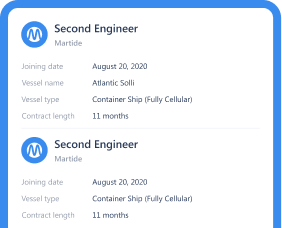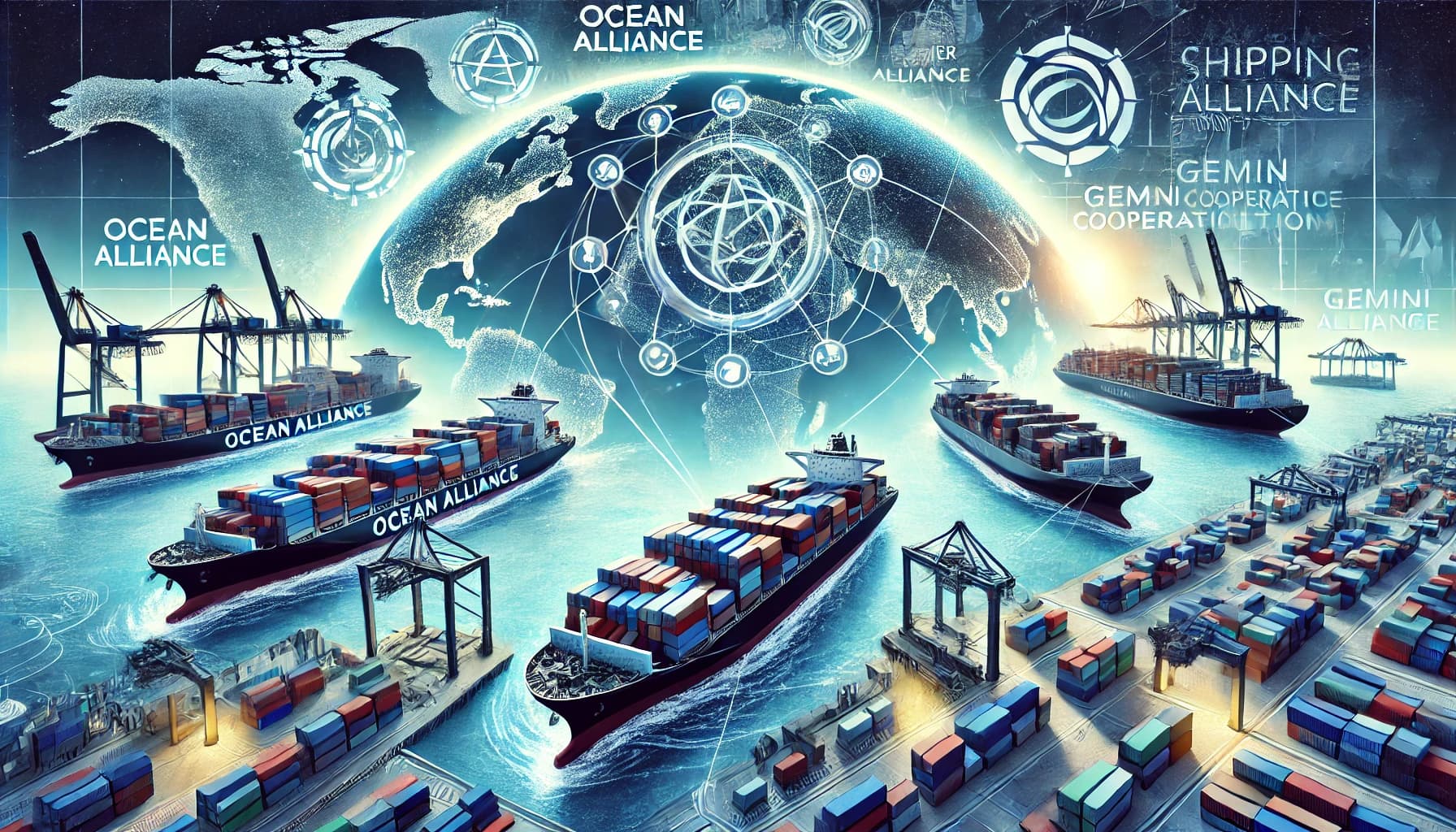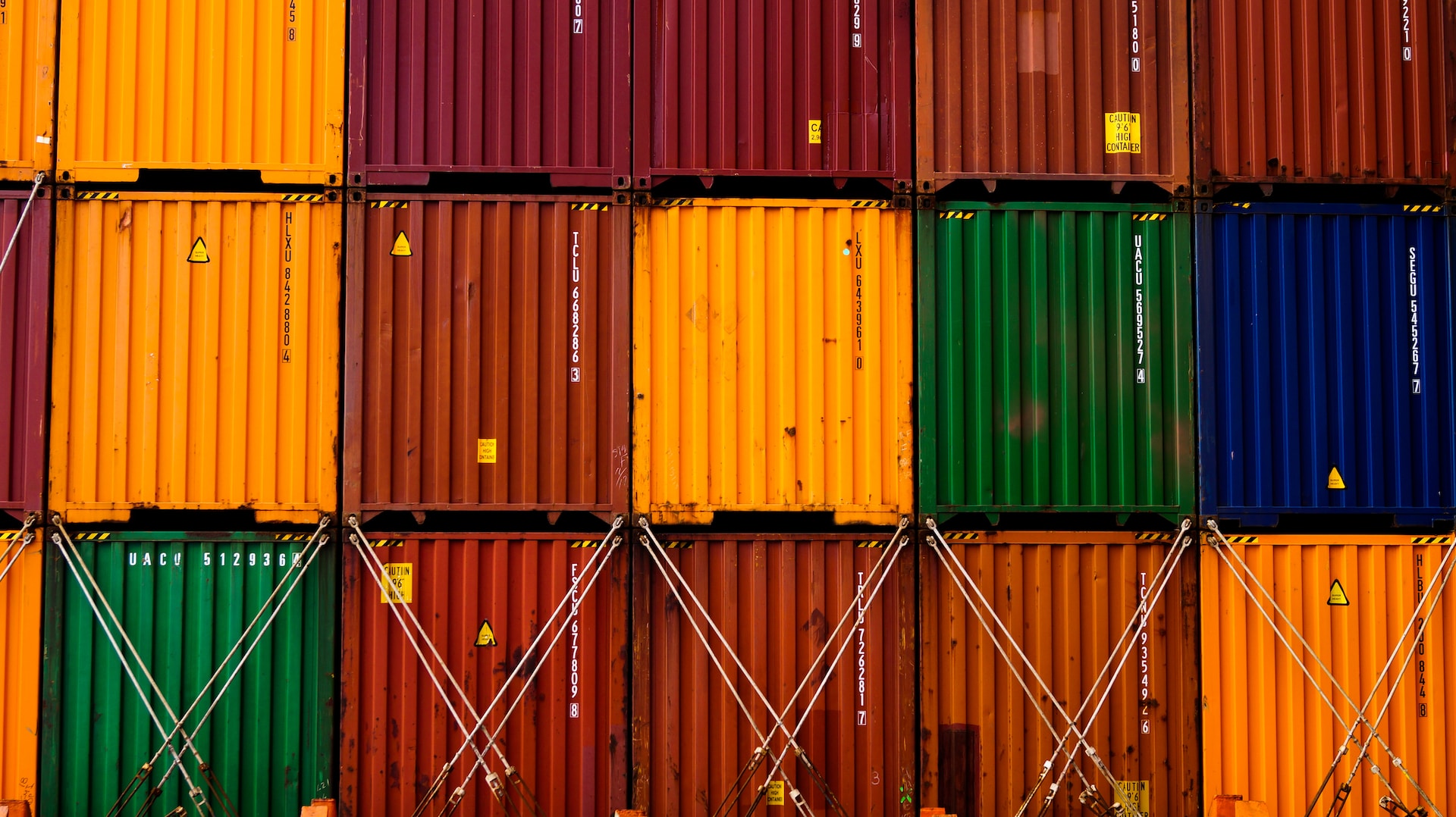What Are Some Different Types of Merchant Navy Ships?
Dec 22, 2022 · 22 mins read ·
Shipping & Vessels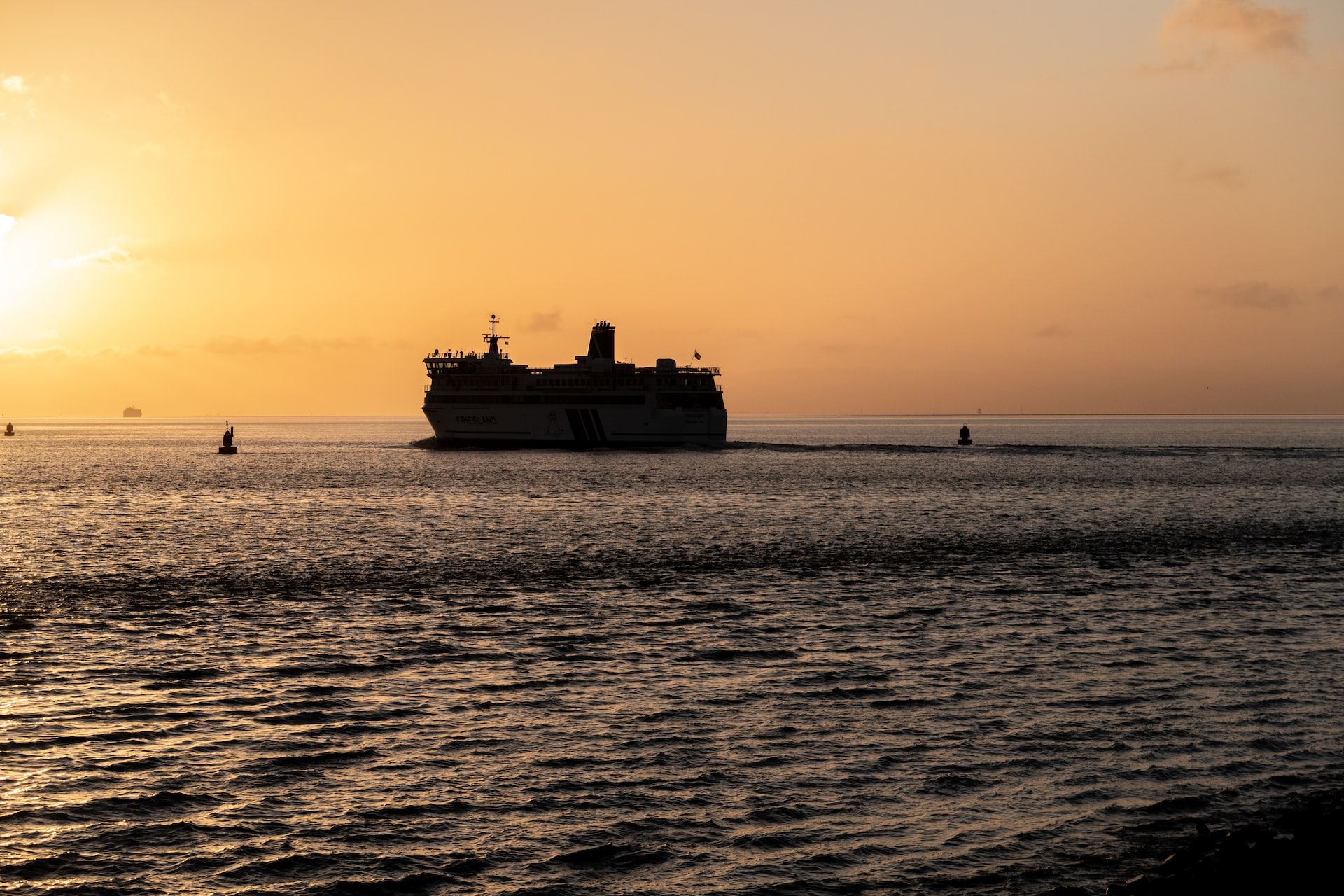
There are numerous types of boats and ships plying their trade across the world’s oceans, from small pleasure craft such as river cruisers to fishing boats and from superyachts to warships. But here at Martide, we’re particularly interested in the types of ships that you’ll find in the merchant navy.
After all, we exist to help small to medium shipowners and ship managers find crew for their merchant vessels, and to help seafarers find merchant navy jobs.
But whether you want to join the merchant navy or you just have an interest in different types of ships and boats, read on as we take a comprehensive look at some merchant navy vessels - in alphabetical order, naturally!
But first of all, what is the merchant navy and what are merchant navy vessels?
What is the merchant navy?
In a nutshell, the merchant navy (or merchant marines, depending on your country of origin) is commercial shipping.
And while container and cargo ships and oil tankers may come to mind, the merchant navy fleet is actually composed of any watercraft that work for their living and are crewed by seafarers and merchant ship officers who hold down merchant navy jobs, whatever the nature of that job might be.
Anything from a pilot boat to a cruise ship to a car carrier vessel is considered part of the merchant navy and here we’ll cover some of the better known boat and ship types.
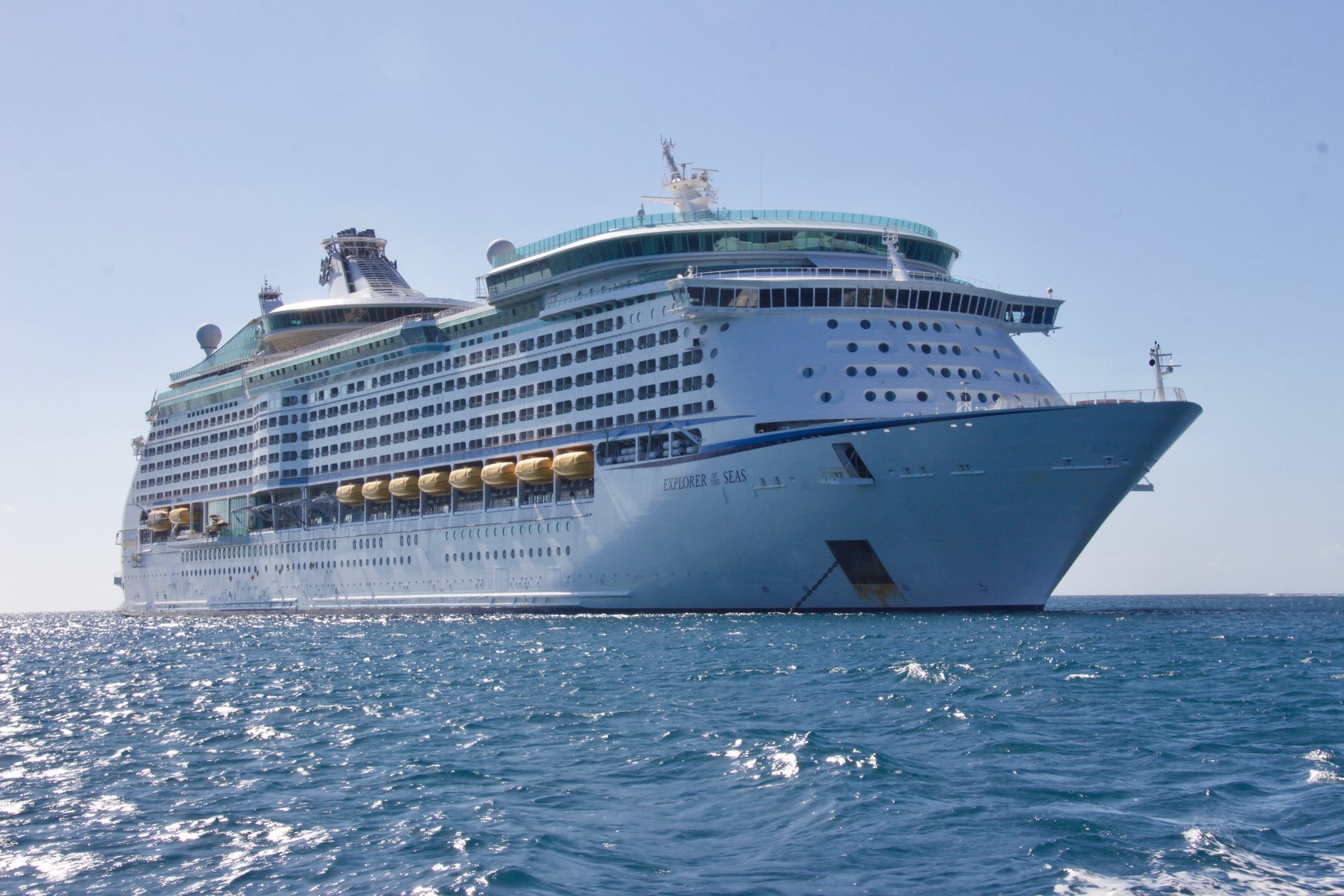
What are some types of merchant navy vessels?
Aframax Tanker
An Aframax tanker is an oil tanker that has a DWT (deadweight) of between 80,000 and 120,000 metric tonnes. The name Aframax comes from Average Freight Rate Assessment (AFRA) - a rating system used for tankers coined by Shell Oil in 1954 in order to standardize the terms of shipping contracts.
Because of their size, Aframax tankers are best suited to short- to medium-haul journeys, however their size is also to their advantage as they are able to serve the majority of the world’s ports, particularly those in regions that are unable to accommodate VLCC (very large crude carriers) and ULCC (ultra large crude carriers) tankers due to their smaller ports or lack of offshore oil terminals.
Aids to Navigation Service Vessel
An Aids to Navigation Service Vessel is a ship or boat that carries special equipment in order to service, maintain and repair navigation aids such as automatic lighthouses, buoys, beacons, and lights.
Anchor Handling Tug
An Anchor Handling Tug is a type of Tugboat that is used to move anchors, as well as for towing drilling vessels, lighters and other similar vessels.
Barge
A Barge is a flat-bottomed boat which is used to transport bulky freight such as sand, coal, stone or lumber etc. by canal or river.
Barge Aboard Catamaran
A Barge Aboard Catamaran (BACAT) vessel transports barges which are loaded on and unloaded off, whilst it is floating. This is done by partially submerging the BACAT and loading the barges on via a gate in the BACAT's stern.
Barge Carrier
Barge Carriers are ships that are designed to carry barges. The barge is loaded onto the carrier either by floating it on to the partially submerged carrier through a gate in the stern or by lifting it over the stern using a gantry crane.
Break Bulk Vessel
A Break Bulk Vessel is a multi-purpose cargo ship designed for the transportation of break bulk cargo - i.e. cargo that is stowed in the vessel's hold in bags, cartons or on pallets
Bulk Carrier
A Bulk Carrier, also called a Bulker, is a vessel that has been designed to carry loose cargo that is directly loaded into the vessel with no packaging. Cargo can include coke, coal, grain, cement, iron ore, minerals or fertilizers.
Bunkering Vessel
A Bunkering Vessel is a small tanker that is used to load fuel oils (bunker) into a ship’s tanks. It is equipped with fuel pumps and a crane for hose handling for this purpose.
Buoy Laying Vessel
Also known as a Buoy Tender Vessel or Buoy Layer, a Buoy Laying Vessel is a boat that is used for handling, maintaining and replacing navigational buoys and beacons. Buoy Tender can also be used to refer to someone who does this for a living.

Cable Ship
A Cable Ship is a vessel that has been specifically designed for laying and repairing underwater telephone and telegraph cables.
Car Carrier Ship
A Car Carrier or Car Carrier Ship is a vessel that has been designed for the transportation of either just cars, or a combination of cars, trucks, buses and other wheeled vehicles. Car carriers are a type of RoRo Ship - which means Roll-On, Roll-Off, as this is how their cargo is loaded and unloaded.
The ships that carry only cars are known as Pure Car Carriers (PCC), whilst the vessels that carry various types of four-wheeled cargo are known as Pure Car Truck Carriers (PCTC).
Cargo Ship
Generally speaking, a Cargo Ship can be classified into eight different types, depending on the freight they carry.
These are:
- Cargo ships: Carry goods such as clothing, machinery, food, furniture and other freight that can be packaged.
- Multi-purpose vessels: Carry a variety of different types of freight of both a dry and liquid nature.
- Bulk carriers: Carry loose goods that are not packaged such as coal, cement, sand, etc.
- Tankers: Carry oil, chemicals, petroleum, and gas.
- Container ships: Also carry packaged goods, like a Cargo Ship, but freight is stored in containers.
- Reefer ships: Are refrigerated so they carry perishable goods such as meat and dairy produce.
- RoRo ships: Carry wheeled cargo - cars, trucks etc.
- Feeder ships: Small to mid-sized container ships which ‘feed’ larger vessels with containers.
Chemical Tanker
A Chemical Tanker is a vessel that has been designed for the safe and efficient transportation of chemicals. The chemicals that tankers transport are varied and range from sulfuric acid (used in everything from drugs to explosives) to caustic soda (used in soap and candle making.)
Collier
A Collier is a type of bulk cargo ship that has been designed or is now used to carry coal.
Container Ship
A Container Ship is a vessel that is designed to transport cargo in containers. Container Ships can be broken down into different types, including vessels that carry floating containers (lighters) and RoRo Ships which carry wheeled cargo such as cars, but also containers that are loaded onto trucks.
The hull of a Container Ship is split into cells and the containers themselves will be loaded into these through large hatches. Some Container Ships have their own cranes onboard while some are dependent on cranes located at the port or terminal - these are called fully cellular Container Ships.
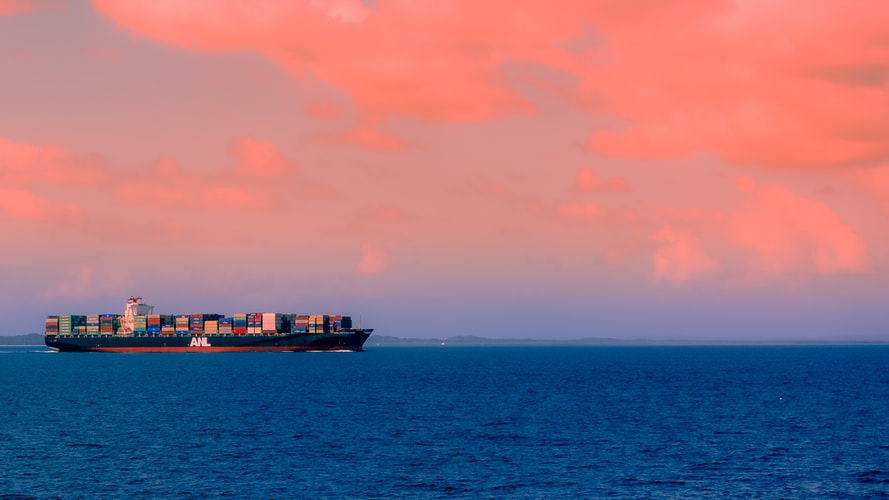
Crane Vessel
A Crane Vessel - also known as a Floating Crane, Crane Ship or sometimes a Heavy Lift Vessel - is an ocean-going vessel which has one or more cranes mounted on it. These gigantic ships are incredibly powerful and can handle extremely heavy loads. A Crane Vessel’s main purpose is to assist in the construction of offshore structures, as well as conduct salvage operations.
Cruise Ship
A Cruise Ship is a vessel that carries passengers on voyages for pleasure. The destinations called at on the voyage are part of the attraction but the voyage itself and the vessel’s facilities and activities are also a big part of the experience.
Deck Barge
A Deck Barge carries oversize and/or heavy freight, such as project cargo, vehicles and machinery, that is transported on its top deck as opposed to inside a hold.
Dredger
A Dredger is a type of boat that is equipped with a tool, called a dredge, that draws, sucks, excavates or scrapes sediment such as sand, silt, gravel, trash, rocks, debris and animal and plant matter from the ocean floor, sea bed, lakes or a waterway such as a river, estuary or canal. The materials moved are then placed elsewhere or disposed of in an act known as dredging.
Drillship
A Drillship (sometimes written Drill Ship) is a merchant vessel designed for scientific drilling purposes or for use in the exploratory offshore drilling of new gas and oil wells.
Dry Cargo Ship
More commonly called a Bulk Carrier or Bulker, a Dry Cargo Ship is a vessel that carries bulk cargo that is dry and not liquified.
FPSO Vessel
FPSO stands for Floating Production, Storage & Offloading vessel or unit. FPSO Vessels are used by the offshore oil and gas industry for storing oil and producing and processing hydrocarbons. Often, these vessels are former service tankers.
Feeder Vessel
A Feeder Vessel, Container Feeder or Feedermax is a mid-sized ship whose primary purpose is to collect shipping containers from ports and deliver them to central container terminals or hubs where they are then loaded onto larger container ships for onward transport. In this sense, the feeder vessel is ‘feeding’ the larger ship with containers.
Ferry
A Ferry is any vessel that is used for transporting passengers, and often vehicles, from one point to another and back again. For example, across a river, a harbor, or across relatively short distances via sea.
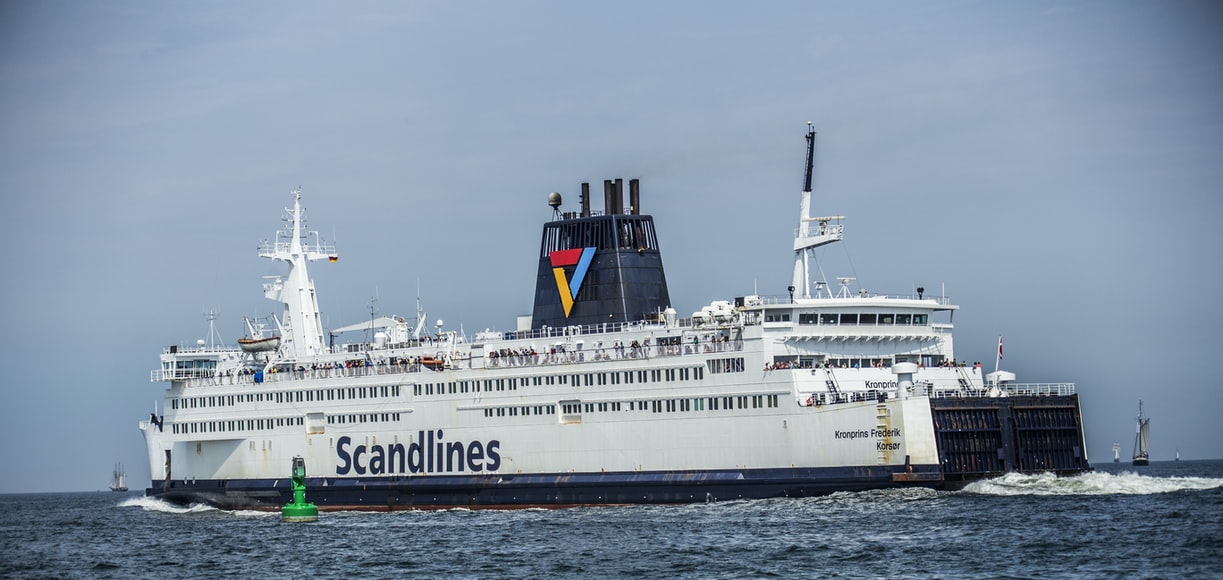
Fireboat
The water-based or offshore cousin to a fire engine or fire truck, the Fireboat is a vessel that has onboard equipment, such as nozzles, hoses and pumps, that are used to fight and extinguish fires both on other ships, as well as along the coastline, on docks and in ports and warehouses.
Gas Tanker
A Gas Carrier or Gas Tanker is a vessel that has been specifically designed for the transportation of gasses that have been condensed / liquified. The most commonly transported gasses are Liquefied Petroleum Gas (LPG) which includes propane and butane, Liquefied Natural Gas (LNG) which is mainly methane, as well as ethylene and ammonia.
Geared Vessel
Also known as a self-unloading vessel or a self-geared ship, a Geared Vessel is a ship that has its own onboard gear - i.e. cranes. This means that the vessel can load and unload cargo, including containers, without portside assistance thus making the vessel more versatile as it can dock in more ports.
Heavy Lift Vessel
A Heavy Lift Vessel (HLV) is an enormous ship that can lift and transport pretty much any load they are tasked with, including other ships, floating plants and industrial units. HLVs come in four main classes: Dock ships, semi-submersible vessels, project cargo carriers, and open deck cargo ships. The big difference between the classes is the way they lift their loads.
Icebreaker Ship
An Icebreaker Ship is a vessel that has been designed to break ice. Specifically so that other vessels have a clear path through icy and frozen waters. This enables trade to keep moving and stops the global supply chain grinding to a halt.
LNG Carrier
An LNG Carrier is a vessel that carries Liquefied Natural Gas (LNG). Their cargo tanks are heavily insulated and made of special aluminum alloy which enables them to carry LNG at a temperature of -2,850F / -1601C.
LPG Carrier
An LPG Carrier is a vessel that has been designed to transport Liquefied Petroleum Gas.
Lake Freighter
Also known as Lakers, a Lake Freighter is a ship that plies its trade in the North American Great Lakes. They are usually bulk carriers and transport ore and grains.
Lift On / Lift Off Vessel
A Lift On / Lift Off Vessel, Lo-Lo Vessel, or Lift On / Load Off Ship is a container ship which, instead of using the port’s container crane (otherwise known as the ship-to-shore crane or container handling gantry crane) uses their own crane. This enables them to undertake cargo operations without assistance from the port.
Lighter Aboard Ship
A Lighter Aboard Ship (LASH) is a vessel which transports barges (known as lighters). Lighters are mostly unpowered barges and they need to be transported between inland waterways that are separated by sea. Because the lighter cannot relocate under its own steam (it is normally pushed or towed when in harbor or on a river or canal) it needs to be carried by a larger vessel.
Liner
A Liner is not just a passenger ship - it can also be a ship that transports cargo. The term Liner is given to a vessel which operates regular routes between advertised and scheduled ports.

Mobile Offshore Drilling Unit
Often abbreviated to MODU, a Mobile Offshore Drilling Unit is a vessel that engages in drilling operations for the exploration (or exploitation) of resources beneath the sea bed. These could include resources such as liquid or gaseous hydrocarbons.
Multipurpose Ship
A Multipurpose Ship is any kind of vessel that has the ability to carry different types of cargo which require different methods of handling. These ships include general cargo ships which can carry regular cargo and dry, loose cargo in containers and RoRo ships which can carry wheeled cargo such as cars and trucks, as well as containers.
OBO Ship
Short for ore-bulk-oil, the OBO Ship or OBO Carrier is a multipurpose vessel which transports ore, heavy dry bulk goods, and oil.
Oil Tanker
An Oil Tanker is a vessel that has been designed for the transportation of oil in bulk. An Oil Tanker’s cargo space consists of several or many tanks and tankers load their cargo by gravity from the shore or by shore pumps and discharge it using their own onboard pumps.
Ore Carrier
An Ore Carrier is a vessel designed for the transportation of ore. Ore has a high density therefore ore carriers have a relatively high center of gravity to prevent them from rolling in heavy seas.
Ore-Oil Carrier
Similar to an OBO ship, which carries ore, bulk goods and oil, an Ore-Oil Carrier or Oil-Bulk Carrier transports either oil or ore in bulk.
Parcel Tanker
A Parcel Tanker is a type of Tanker that is specially designed to carry a variety of different liquids at one time. These could be chemicals, or liquids that come in different grades, such as petroleum.
Platform Supply Vessel
Often shortened to PSV, a Platform Supply Vessel are vessels that are designed to carry supplies to offshore oil and gas drilling units or installations.
Products Tanker
A Products Tanker is a tanker that has been designed to carry refined oil and petroleum products in bulk.
Propane Carrier
A Propane Carrier is a vessel that has been designed to carry propane in liquid form. Propane Carriers are also used to transport butane
Pure Car Carrier
A Pure Car Carrier (PCC) is a cargo ship which mainly transports new cars.
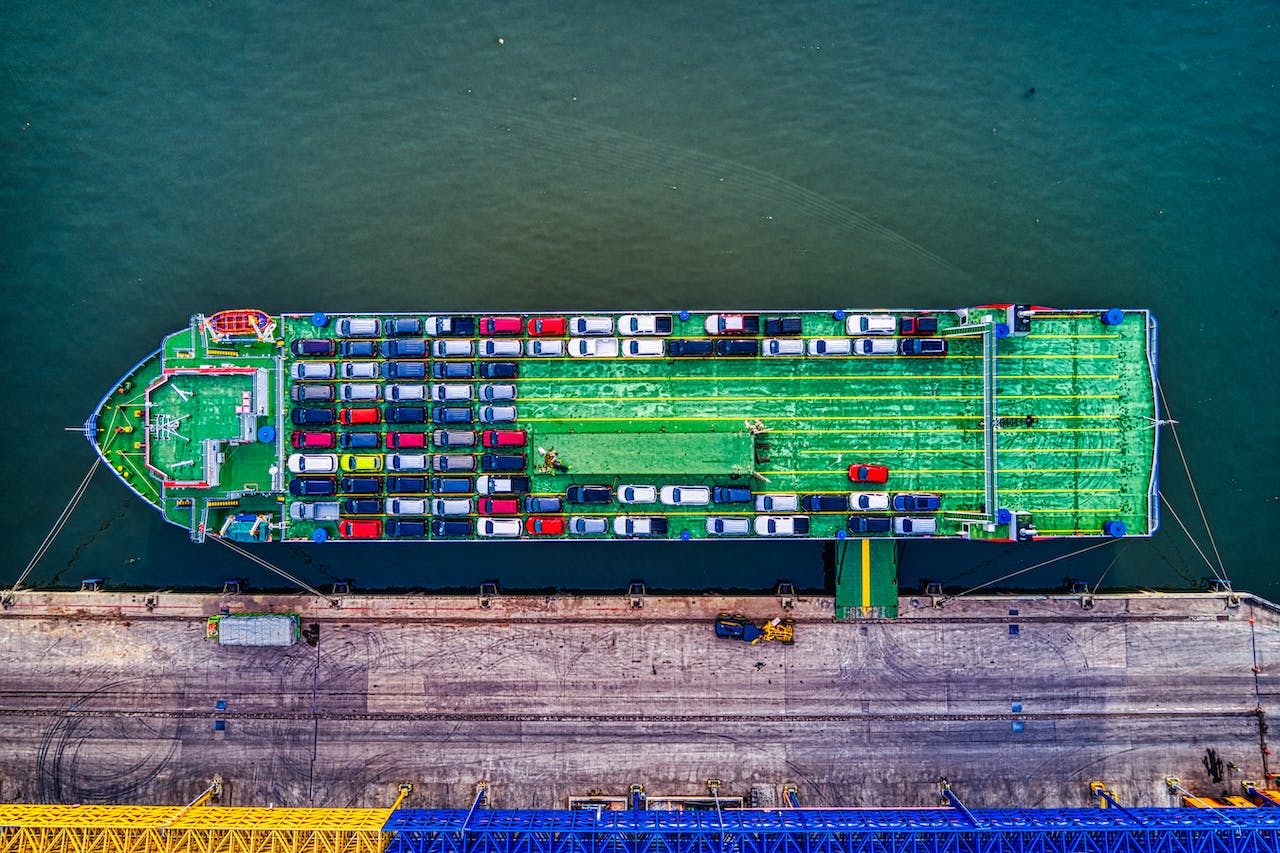
Pure Car and Truck Carrier
A Pure Car and Truck Carrier (PCTC) is a cargo ship which mainly transports new vehicles of any description.
Reefer Ship
A Reefer Ship is a Container Ship that has refrigeration and is used for transporting frozen foods such meat, fish and ice cream as well as produce that news to be kept chilled such as fruit and dairy products.
RoPax Ferry
A RoPax ferry transports vehicles (roll-on roll-off) as well as passengers (pax).
RoRo Ship
A Ro-Ro Ship, Ro/Ro Ship or RoRo Ship allows wheeled cargo to be driven on board rather than loaded by crane. This could be a cargo of new cars or vans, but Ro-Ro can also refer to passenger ships such as ferries and military transporters which carry tanks. Ro-ro is short for roll on / roll off.
Semi Submersible Vessel
A Semi Submersible Vessel is a ship that is able to submerge part of itself to load or discharge cargo (i.e. another vessel) that can be floated on or off. The majority of semi submersible vessels are heavy lift ships or heavy load vessels.
Tank Barge
A Tank Barge is used for the inland transportation of liquids such as chemicals, petroleum, vegetable oils, liquefied gasses and even molasses.
Tanker
A Tanker is a bulk carrier that has been designed for the transportation of liquid cargo. Tankers may be oil tankers or chemical tankers and usually carry petroleum products. They vary hugely in size from small vessels that travel along coastlines to enormous VLCCs - Very Large Crude Carriers.
Towboat
A Towboat, also called a Pusher, Pusher Tug, or Pusher Boat, is a small but strong boat with a snub-nose shaped hull that is used to push barges in, out and around harbors. Smaller Towboats are usually limited to pushing one or two barges, while larger boats (also known as a lone boat) can push anywhere from five barges up to forty.
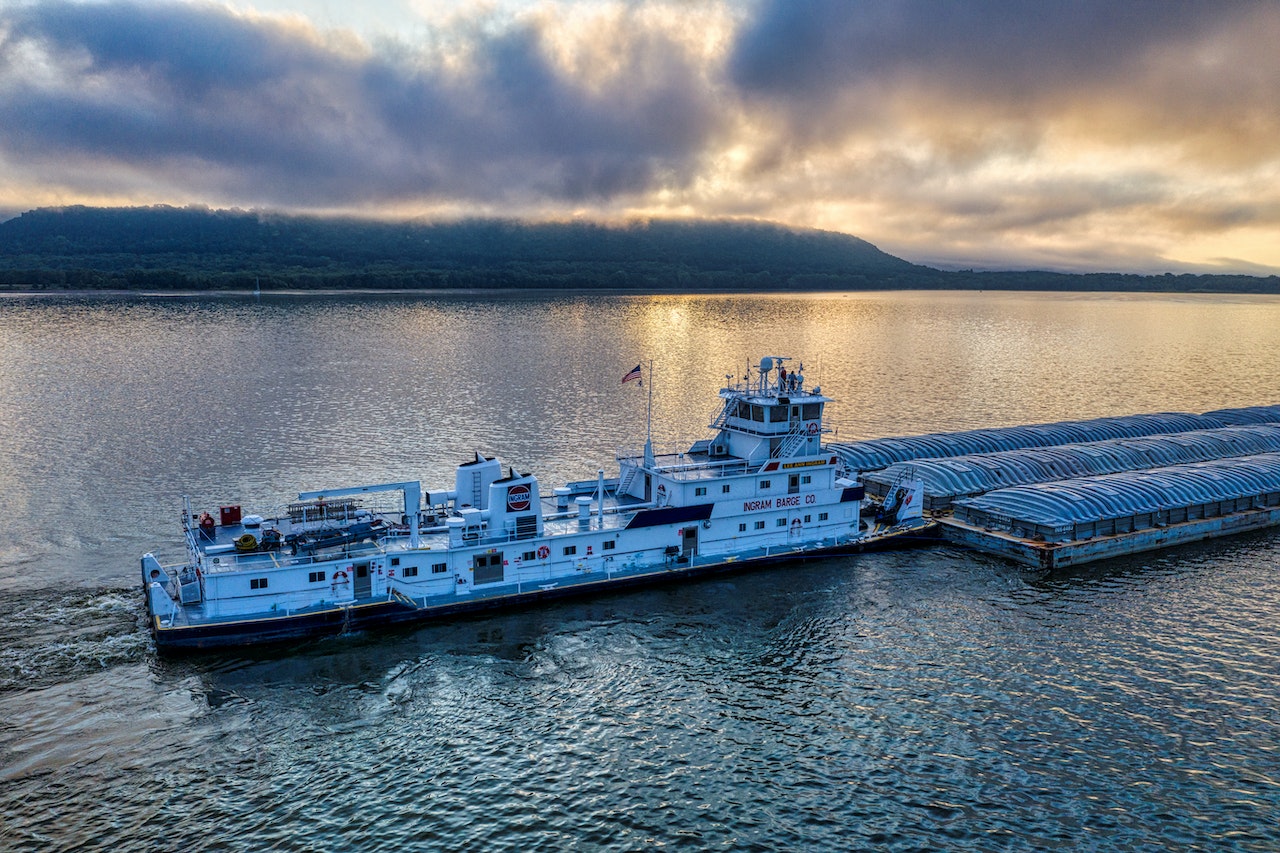
Tramp
A Tramp is a vessel that operates on an ad-hoc basis and has no published schedule or fixed routes.
Tugboat
A Tugboat or Tug is a small but strong boat with a V-shaped hull that is used to maneuver vessels in and out of ports. Large vessels such as container ships are too powerful to approach the dock under their own steam so they will cut their engines and allow the tug to pull and push them into position. Tugs are also used to carry supplies to other vessels.
ULCC
ULCC stands for Ultra Large Crude Carrier - an oil, chemical or petroleum tanker that is generally larger than 300,000DWT.
Ultramax Bulk Carrier
An Ultramax Bulk Carrier is a medium-sized vessel which is geared, meaning it has its own cranes onboard for the on and off-loading of cargo. The typical Ultramax Bulker has a cargo capacity of 61,000 to 72,999 DWT. They are also referred to as Ultramax Vessels.
VLCC
VLCC stands for Very Large Crude Carrier - an oil, chemical or petroleum tanker that is generally between 200,000 and 500,000DWT.
VLCS
VLCS stands for Very Large Container Ship - a container vessel with the capacity to carry around 8000+ TEU.
VLEC
VLEC stands for Very Large Ethane Carrier - a class of Gas Carrier vessels designed to transport ethane that generally has a capacity of between 70,000 and 90,000 CBM.
VLGC
VLGC stands for Very Large Gas Carrier - a class of vessel designed to transport LPG (Liquified Petroleum Gas) that generally has a capacity of between 70,000 and 90,000 CBM.
Water Boat
A Water Boat is a craft that is fitted with large water tanks and a pump and hose. It supplies ocean-going vessels with fresh water whilst they are in a harbor.
Did you find the type of merchant navy vessel you were looking for in our list? Believe it or not, there are plenty more, especially when you break down tankers and container ships into their size categories, which depend on the routes they can take.
For now, we’ll leave you with the list above, but if you’d like to take another deep dive into the different types of merchant navy jobs, we’ve got you covered.
And if you’d like to know more about the different merchant navy ranks, we also have a comprehensive run down.

Looking for more nautical terms, phrases and explanations? Our shipping glossary takes an even more in depth look and should contain everything you need to know about different boats and ships, the merchant navy ranks, parts of a ship, and other assorted maritime info!
And don’t forget to download our seafarer job app for iOS or Android from the Apple App Store or from Google Play either!

Eve Church
Eve is Martide's content writer, publishing regular posts on everything from our maritime recruitment and crew planning software to life at sea. Eve has been writing professionally for more than two decades, crafting everything from SEO-focused blog posts and website landing pages to magazine articles and corporate whitepapers.
UK
